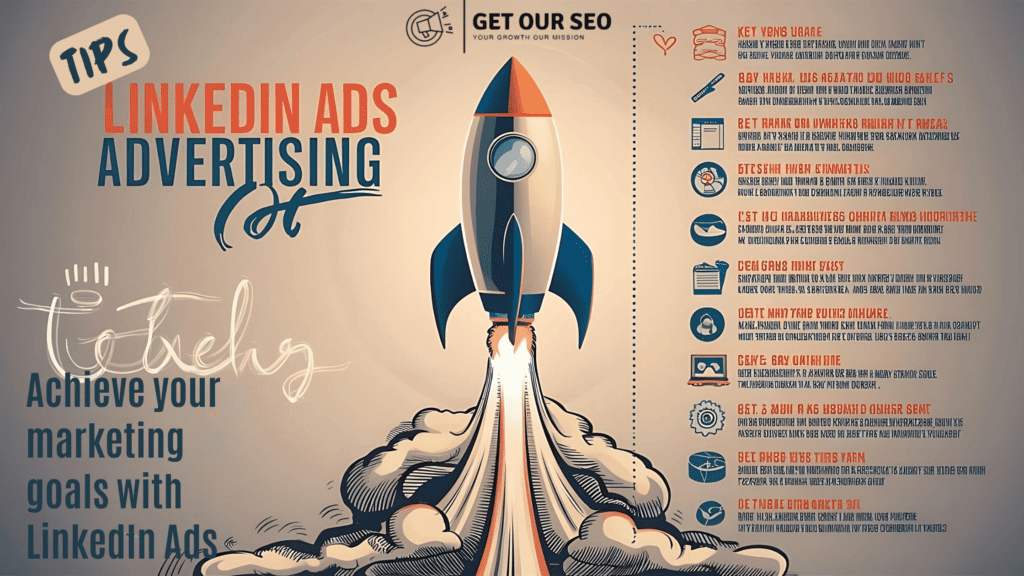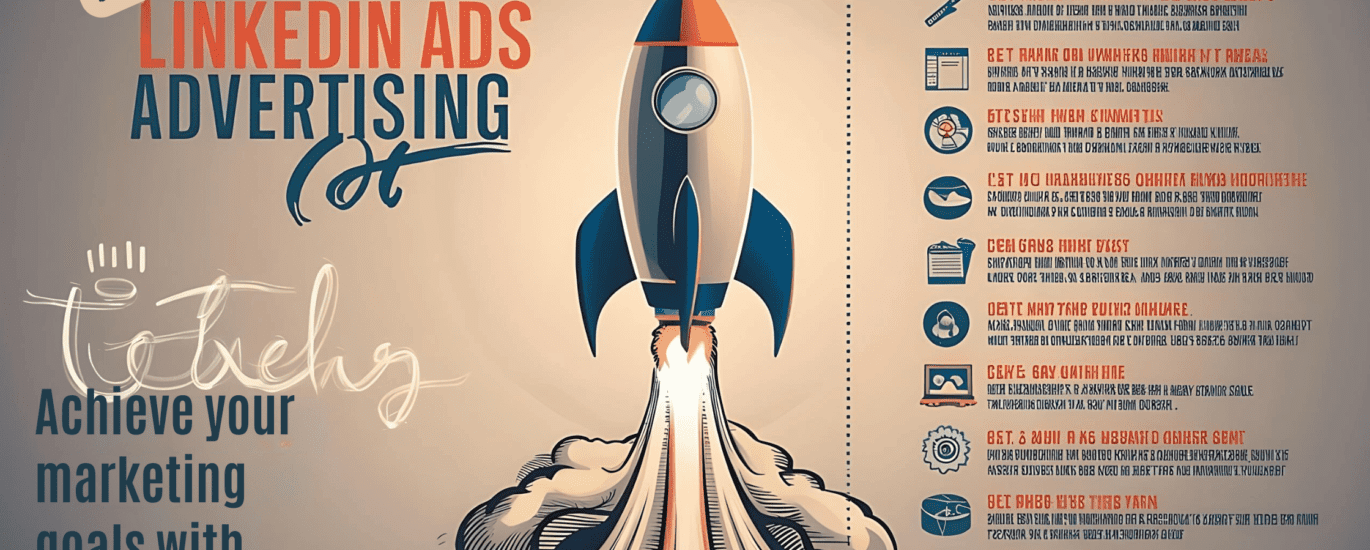LinkedIn Ads have emerged as a powerful tool for businesses aiming to target a professional audience and drive meaningful engagement. With a unique platform that fosters professional connections, LinkedIn provides an unparalleled opportunity to reach decision-makers and industry leaders. This guide delves into the intricacies of LinkedIn Ads, offering insights and strategies to maximize your advertising success.
Introduction
In today’s digital marketing landscape, LinkedIn Ads stand out as a premier option for businesses looking to engage with a professional audience. Unlike other social media platforms, LinkedIn’s user base is primarily composed of professionals and business leaders, making it an ideal venue for B2B marketing. With over 700 million users worldwide, LinkedIn Ads allow you to target specific industries, job titles, and even companies, ensuring your message reaches the most relevant audience.

Why Choose LinkedIn Ads?
LinkedIn Ads offer several advantages that make them an attractive choice for businesses:
- Targeted Audience: LinkedIn’s detailed targeting options enable advertisers to reach specific demographics, including job function, industry, and company size.
- Professional Environment: The platform’s professional focus ensures that your ads are viewed by an audience with decision-making power.
- Higher Engagement: Users on LinkedIn are more likely to engage with content that is relevant to their professional interests, resulting in higher engagement rates.
- B2B Marketing: For businesses targeting other businesses, LinkedIn Ads provide a direct line to the professionals most likely to be interested in your products or services.
Types of LinkedIn Ads
LinkedIn offers several ad formats to suit different marketing goals:
- Sponsored Content: These are native ads that appear directly in the LinkedIn feed, blending seamlessly with organic content.
- Sponsored InMail: This format allows you to send personalized messages directly to LinkedIn users’ inboxes.
- Text Ads: Simple but effective, text ads appear in the sidebar and are billed on a pay-per-click or pay-per-impression basis.
- Dynamic Ads: Personalized ads that adapt to the viewer, using their profile data to create more engaging content.
Setting Up Your LinkedIn Ads Campaign
Creating an effective LinkedIn Ads campaign involves several key steps:
1. Defining Your Objectives
Before launching your campaign, it’s crucial to define your goals. Whether you’re aiming to increase brand awareness, generate leads, or drive website traffic, having a clear objective will guide your strategy and help measure success.
2. Audience Targeting
LinkedIn’s robust targeting options allow you to narrow down your audience based on criteria such as:
- Location: Target users in specific geographic regions.
- Company: Focus on employees of particular companies or industries.
- Job Title: Reach individuals based on their job function and seniority level.
- Skills: Target users with specific skills listed on their LinkedIn profiles.
3. Crafting Compelling Ads
Your ad content should be engaging and tailored to your audience. Use clear, concise language and include a strong call-to-action (CTA) to encourage users to take the desired action. Visual elements, such as images or videos, can also enhance the appeal of your ads.
4. Budget and Bidding
Set a realistic budget for your campaign and choose a bidding strategy that aligns with your goals. LinkedIn offers options for cost-per-click (CPC), cost-per-impression (CPM), and cost-per-send (CPS) for Sponsored InMail.
Best Practices for LinkedIn Ads
o maximize the effectiveness of your LinkedIn Ads, consider these best practices:
- Test Different Ad Formats: Experiment with various ad formats to determine which ones resonate most with your audience.
- Optimize for Mobile: Ensure your ads are mobile-friendly, as a significant portion of LinkedIn users access the platform via mobile devices.
- Monitor Performance: Regularly review your campaign’s performance metrics and adjust your strategy as needed to improve results.
- Leverage LinkedIn’s Analytics: Use LinkedIn’s analytics tools to gain insights into your audience and measure the success of your ads.
Case Study: Success with LinkedIn Ads
One of our clients, a B2B software company, leveraged LinkedIn Ads to increase their lead generation efforts. By targeting specific job titles and industries, they were able to reach key decision-makers and saw a 35% increase in qualified leads within three months. Their campaign included a mix of Sponsored Content and Sponsored InMail, tailored to address the pain points of their target audience. The result was a significant boost in both brand awareness and conversion rates.
Common Mistakes to Avoid
While LinkedIn Ads can be highly effective, there are common pitfalls to watch out for:
- Overly Broad Targeting: Narrow your audience to ensure your ads are reaching the most relevant users.
- Ignoring Analytics: Failing to monitor and adjust your campaign based on performance data can lead to wasted ad spend.
- Poor Ad Design: Ads that are visually unappealing or have unclear messaging are less likely to engage users.
- Neglecting Mobile Optimization: With many users accessing LinkedIn via mobile, it’s essential to ensure your ads are optimized for smaller screens.
Integrating LinkedIn Ads with Other Marketing Channels
LinkedIn Ads can be a powerful component of a multi-channel marketing strategy. By integrating LinkedIn Ads with other digital marketing efforts, such as Google Ads and content marketing, you can create a cohesive approach that maximizes your reach and impact.
Combining LinkedIn Ads and Google Ads
Using LinkedIn Ads alongside Google Ads allows you to target users at different stages of the buying journey. While LinkedIn Ads are ideal for reaching professionals and decision-makers, Google Ads can capture users actively searching for solutions related to your products or services. This dual approach ensures you cover both brand awareness and intent-driven searches.
Content Marketing Synergy
LinkedIn is also a valuable platform for sharing content that positions your brand as a thought leader. By promoting your blog posts, whitepapers, and case studies through Sponsored Content, you can drive traffic to your website and nurture leads with valuable information.
Measuring the Success of Your LinkedIn Ads
To evaluate the effectiveness of your LinkedIn Ads campaign, track key performance indicators (KPIs) such as:
- Click-Through Rate (CTR): Measures the percentage of users who clicked on your ad.
- Conversion Rate: Tracks the number of users who completed a desired action, such as filling out a lead form.
- Cost Per Click (CPC): The average amount you pay for each click on your ad.
- Return on Investment (ROI): Calculates the revenue generated from your ad spend.
Regularly reviewing these metrics will help you identify areas for improvement and optimize your campaign for better results.
Conclusion:
LinkedIn Ads present a unique opportunity for businesses to connect with a professional audience and achieve their marketing objectives. By leveraging the platform’s advanced targeting options and diverse ad formats, you can create highly effective campaigns that drive engagement and conversions. Whether you’re looking to increase brand awareness, generate leads, or promote your content, LinkedIn Ads can be a powerful addition to your digital marketing strategy.
Ready to take your LinkedIn Ads to the next level? At Get Our SEO, we specialize in creating customized LinkedIn Ads strategies that drive results. Contact us today to learn how we can help you grow your business with LinkedIn Ads.
FAQs
LinkedIn Ads are a form of paid advertising on the LinkedIn platform, allowing businesses to target and engage with a professional audience.
The cost of LinkedIn Ads varies based on factors such as your target audience, bidding strategy, and campaign objectives. LinkedIn operates on a pay-per-click or pay-per-impression model.
The best ad format depends on your specific goals. Sponsored Content is effective for brand awareness, while Sponsored InMail is ideal for direct engagement. Text Ads and Dynamic Ads also have their own unique advantages.
While LinkedIn is primarily a B2B platform, it can be used for B2C marketing, particularly for high-value consumer products or services aimed at professionals.
To improve performance, focus on precise targeting, compelling ad content, regular performance monitoring, and optimizing for mobile users.
For businesses targeting a professional audience, LinkedIn Ads can provide a high return on investment by reaching key decision-makers and driving quality leads.


